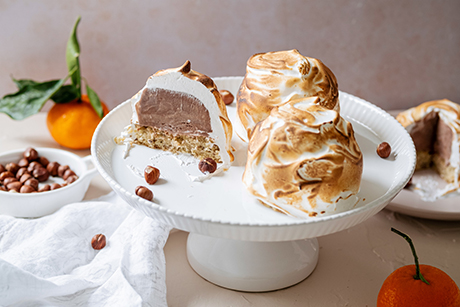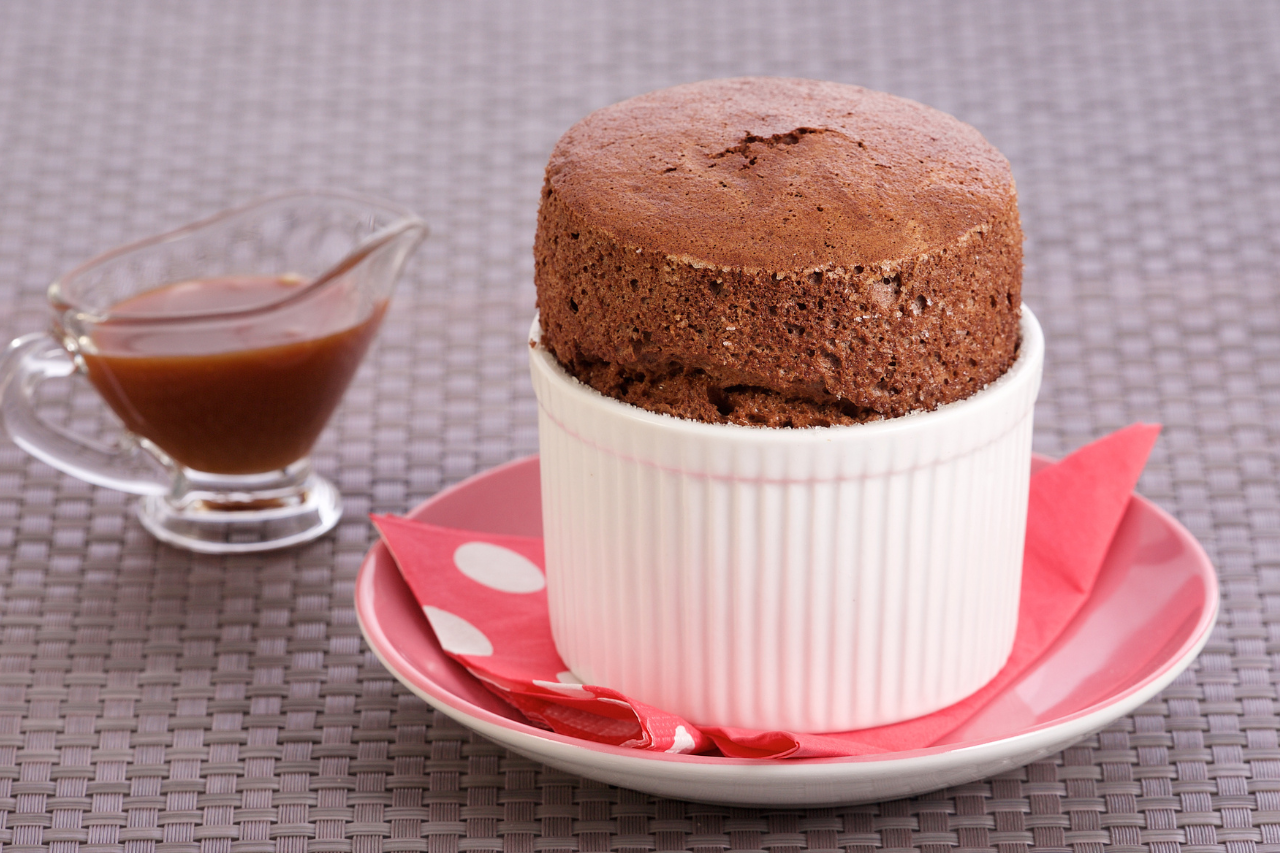With us all spending more time indoors these days, let’s take a look at some of the most labour-intensive recipes that top chefs and bakers are required to master. From baked Alaskas and croissants to paella and more — can you master these difficult dishes?

Baked Alaskas
Cold, creamy ice cream packed within a charred meringue crust ranks among the most decadent of desserts, while also ranking as one of the most difficult to prepare. Not only does this dish require baking a sponge cake and making from-scratch meringue, it also needs to be lit on fire.

Croissants
Creating perfect croissants is a fairly involved process. The key is to not skimp on the butter and to ensure it’s soft and malleable enough to be combined into the dough without melting it. This will result in croissants that are crispy, flaky and golden on the outside and soft and fluffy on the outside.

Gateau St. Honoré
It shouldn’t come as a surprise that this French cake dedicated to the patron saint of bakers and pastry-makers is no walk in the park. The complicated recipe requires no less than four different pastry elements.

Macarons
These delightful French delicacies combining ground almonds and meringue are iconic, yet notoriously tricky to make — and that’s because macarons are incredibly sensitive to moisture. Regulating moisture in the recipe is key, as is learning how to properly fold the ingredients into the mixture.

Paella
While the ingredients that can make up a paella are varying, the technique in creating this Spanish favourite is not. Mastering paella requires the right type of short-grain rice that will continue to absorb the liquid even as the exterior is toasted to crunchy perfection while the result should be tender, not creamy.

Chocolate Souffles with Salted Caramel Sauce
There are plenty of things that can go wrong when attempting a souffle, as egg whites that aren’t beaten enough will cause a fluffy, towering souffle to tip over. Even a tiny bit of egg yolk in the mixture can result in collapse; the protein molecules from the yolk will surround the air bubbles before they can grow large enough to cause the soufflé to rise.
